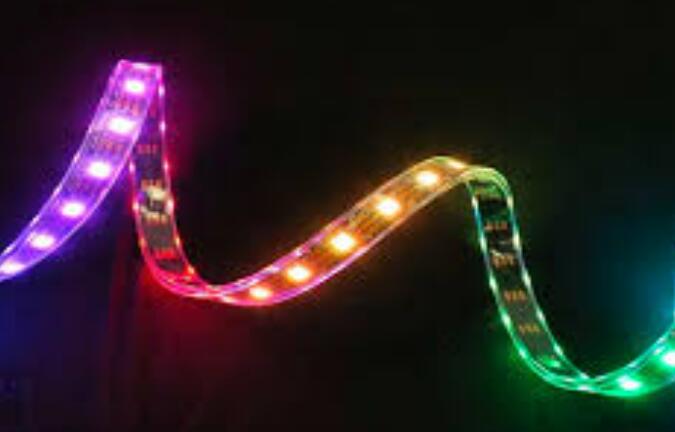LED tape and pixel tape are both types of flexible LED strip lighting, but they have some key differences in terms of functionality and capabilities:

-
LED Tape:
-
LED tape, also known as LED strip or LED ribbon, typically consists of a flexible circuit board with surface-mounted LEDs (SMD LEDs) placed along its length.
-
LEDs on traditional LED tape are not individually addressable, meaning that all LEDs on the strip display the same color and brightness at any given time.
-
LED tape is commonly used for general ambient lighting, accent lighting, and backlighting applications where uniform illumination is desired.
-
Pixel Tape:
-
Pixel tape, also known as addressable LED strip or LED pixel tape, features individually addressable LEDs along the length of the strip.
-
Each LED on pixel tape can be controlled independently, allowing for dynamic color-changing effects, patterns, and animations.
-
Pixel tape is often used for creating more sophisticated lighting effects, such as pixel mapping, chasing effects, and synchronized animations.
-
Pixel tape requires more advanced control systems and programming to take full advantage of its capabilities compared to traditional LED tape.
In summary, the main difference between LED tape and pixel tape lies in their level of control and versatility. LED tape provides uniform lighting with all LEDs displaying the same color and brightness, while pixel tape offers individual control over each LED, enabling more complex and customizable lighting effects. The choice between LED tape and pixel tape depends on the specific requirements and desired lighting effects of the application.


